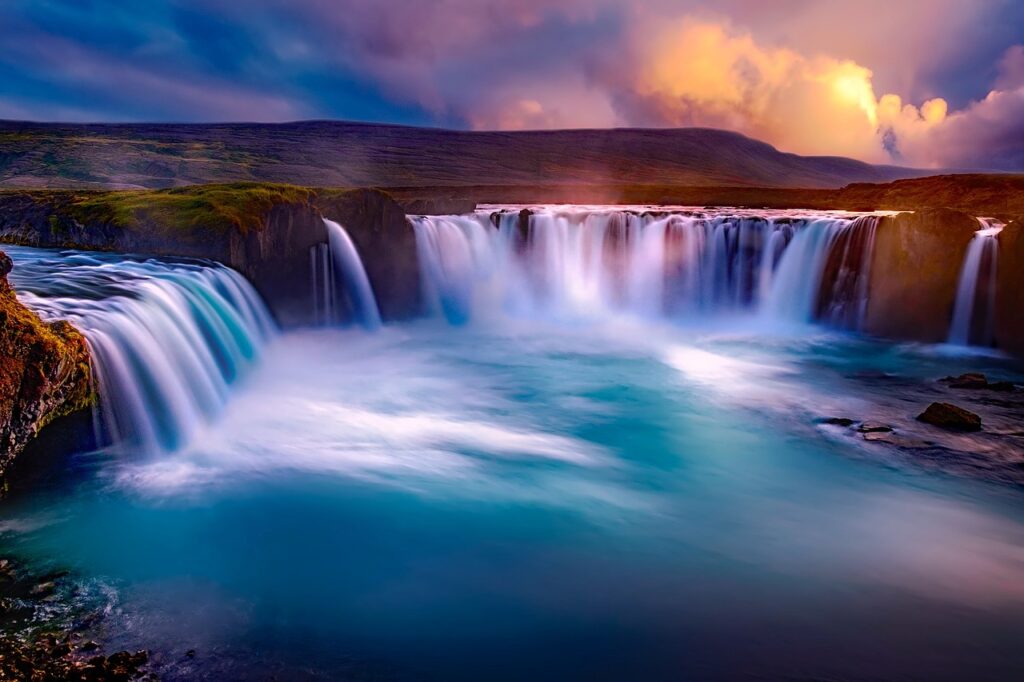News
Worldwide Water Wars ‘On The Rise’
Water resources underpin absolutely every aspect of society and, without it, the world as we know it would come to a grinding halt.
Given how essential water is to sustain life, it’s equally essential to do all we can to protect supplies, but growing pressure is now being put on the world’s rivers, lakes, streams and aquifers in the form of population growth, water mismanagement, climate change, more frequent and more extreme weather events, pollution and urbanisation.
As the issues of water stress and scarcity continue to grow in the future, it’s possible that water conflicts could arise or be exacerbated between different countries and local communities that share river basins and where water crosses territorial boundaries.
While there isn’t significant evidence that water shortages drive full-blown wars between nations, there have been numerous instances over the years of water-related conflict and friction… and it seems that such incidents are now on the rise, with new research from the Pacific Institute indicating that violence over water is now increasing around the world.
The global water think tank has just updated its Water Conflict Chronology, with more than 350 new instances of water-related conflict added to the list, identified via news reports, conflict databases and eyewitness accounts.
The chronology itself was first created during the 1980s and is the most comprehensive open-source database covering water-related violence in the world, including verified cases where water and water systems have either been a weapon, a trigger, a target or a casualty of violence.
It now includes more than 1,630 cases, indicating a worsening trend for this kind of violence in the last few decades. For example, there were 228 such incidents in 2022 and 117 between January and June this year.
Each event in the database is identified by date, location and category (casualty, weapon or trigger), including a short description of the case and a verified citation or source. Interestingly, the data shows that there has been a significant increase in attacks on water systems over the last few years.
For example, there have been intentional attacks on civilian water systems amid the ongoing conflict between Russia and Ukraine, as well as in the Middle East, Gaza and the West Bank, Iraq, Syria, Yemen and Israel.
Also of note is the ongoing violence that is being seen in some parts of sub-Saharan Africa, particularly in Kenya, Somalia, Nigeria, Ethiopia, Mali and Burkina Faso. In these regions, traditional herders and farmers are now competing for increasingly scarce water resources. And in South Africa, unrest is now growing in relation to the failure to provide safe water and sanitation.
Commenting on the latest data, co-founder and senior fellow at the Pacific Institute Peter Gleick said: “Violence over water resources has notably increased during the past 20 years with a spike starting in 2022. Far more must be done to develop and implement strategies to move toward cooperation and peaceful sharing.
“The extensive attacks on dams and water delivery systems in Ukraine have contributed to the recent dramatic increase in water-related violence. We also see a worrying increase in violence associated with water scarcity worsened by drought, climate disruptions, growing populations and competition for water.”
Senior researcher Morgan Shimabuku made further comments, saying that it is necessary to protect civilian water infrastructure and resources, as well as developing just and equitable water governance structures to ensure both peacebuilding and peacekeeping.
He went on to observe that water can actually be part of the solution and, in many instances, is in fact a critical part of the answer.
Early warning systems
To help predict potential water conflicts before they happen, a global early warning tool has been developed by Water, Peace and Security, combining environmental factors like crop failures and rainfall with social, economic and political variables to predict the risks up to 12 months in advance.
It has proven to be successful in predicting conflicts in places like Iran, Iraq, India, Pakistan, Nigeria and Mali, with the developers saying that the tool has an 86 per cent successful rate in identifying zones where at least ten fatalities could occur, according to the Guardian.
Preventing conflict
There are various ways in which water conflicts can be prevented, the most obvious of which perhaps is increasing the amount of water that’s readily available.
This can be achieved by reducing water usage and consumption, increasing water efficiency, reducing water waste, reducing pollution and sewage contamination, improving water management, prioritising greywater use, reducing abstraction and so on.
Another approach is to resolve conflict before they turn violent, whether that’s by mediation and arbitration, the implementation of laws and regulations or proactive cooperation between nations or local provinces.
There are more than 3,800 declarations or conventions relating to water around the world, including 286 treaties, but more must now be done to strengthen law and regulation enforcement, as well as developing new legislation to address current issues.
